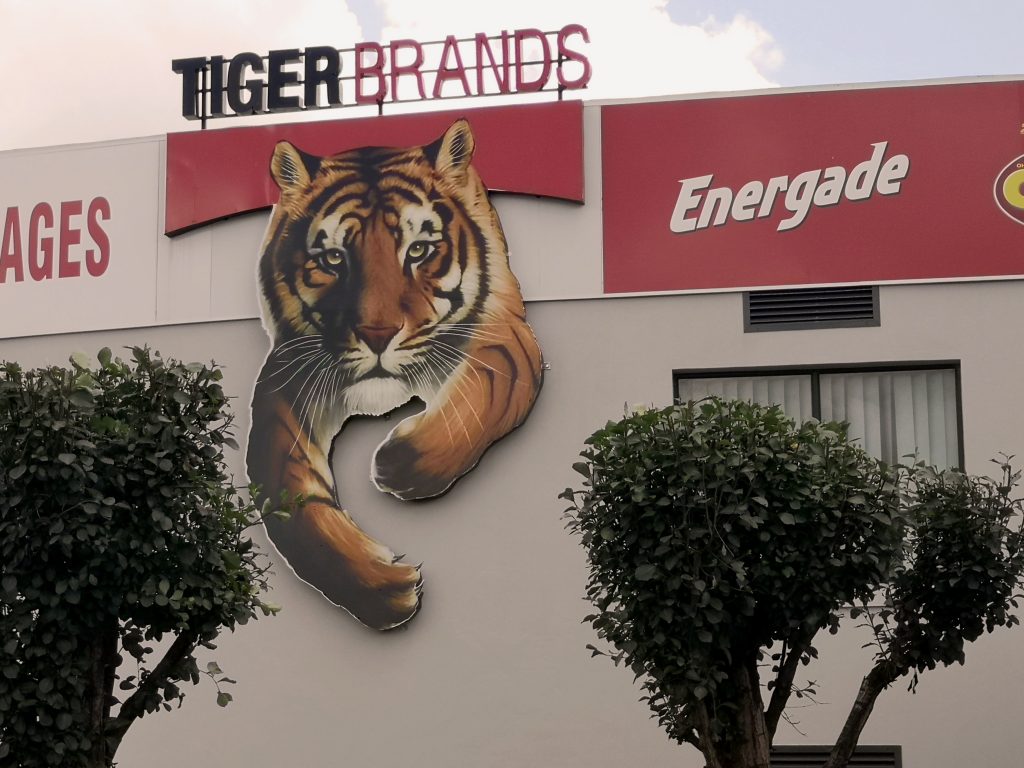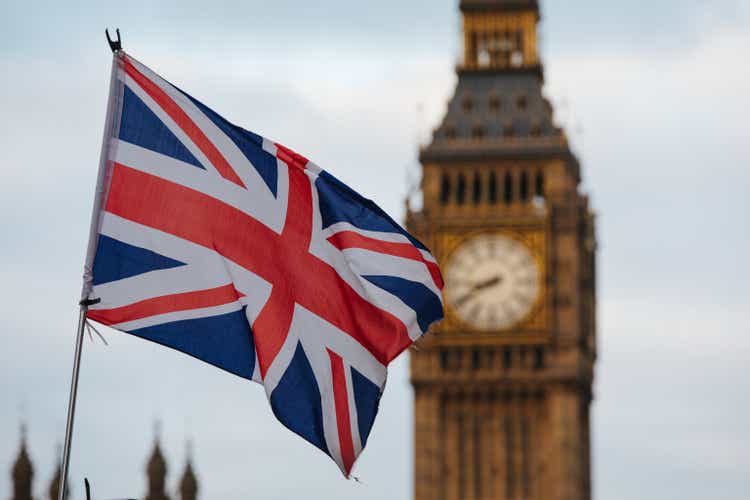You can also listen to this podcast on iono.fm here.
JIMMY MOYAHA: Something brave that took place today was a Capital Markets Day from the team at Sasol. They hosted us – as the media, as investors, as analysts, as the public – as part of an update from their perspective around what’s happening within the Sasol business, what the outlook is from a Sasol perspective, as well as why it all matters. I’m joined on the line by Walt Bruns, chief financial officer at Sasol, to take a look at this and see what comes of it.
Good evening, Walt. Lovely to have you back on the show. Let’s start with the ‘why’ behind the Capital Markets Day. A business does this for various reasons, and at various times. We know that results can often affect these sorts of things. But Sasol chose today specifically to have this conversation with the markets and with investors. What was the purpose of this Capital Markets Day?
WALT BRUNS: Good evening, Jimmy, and thank you once again to you and your listeners for having me on the show tonight. I think the ‘why’ is clear.
Simon Baloyi, who’s been the CEO for the past year and I, as the CFO for the past six months, wanted to update the market on our strategy.
We had the last Capital Markets Day in 2021 and we felt it important to just share what we’re doing to strengthen our foundation business – particularly in our South African business and international chemicals, and then the work that we’re doing to transform and grow; also to give an update to the market on our emissions-reduction roadmap and how we plan to still achieve it with spending less capital and sticking to our previous commitments.
JIMMY MOYAHA: Walt, let’s get into some of those details. Let’s perhaps start with the South African operations. We know that that’s been quite a big part of the business – and remains the biggest part of the business, of course. The US operations are not nearly as big as the South African operations but, significantly, things happen within the Secunda plant, are happening within the gas business with the Mozambican pipeline. Give us an update on what’s happening within the SA business, and then perhaps we can have a conversation around the gas business separately.
WALT BRUNS: Sure. I think on the SA business, put simply we convert coal and gas and make high-margin fuels and chemicals.
So the story today was more kind of back to basics – how we improve the output of the Secunda facility, in particular, and get back to some of the historical production volumes that we’ve achieved. And the main reason we do that is improving the quality of the coal feedstock. So we shared with the people in attendance today how we plan to do that.
Read: Sasol offsets a strategy to run coal harder with more renewables
And then also to reduce our cost, ultimately we’re targeting to get to a break-even oil price of around $50/barrel by FY28. We are currently up at around $58/59 a barrel, so we think we can take almost $10 a barrel out over the next few years and that will make this business more resilient as we enter into the next decade.
JIMMY MOYAHA: Undoubtedly more profitable as well. The oil price has been quite a volatile thing to keep an eye on, and I suppose from an input perspective, you’d want that as low as possible. So that looks like a very good step in that direction.
Let’s look at the gas business in a bit more detail, Walt, around that Mozambican pipeline. We know of course that Sasol announced – I think it was in the last set of results when you and I caught up last time – that the Mozambican pipeline relationship was coming to an end. Alternative arrangements have been kind of put in place in the interim. What’s happening there? Where do we stand on the gas business and particularly on that pipeline update?
WALT BRUNS: Sure. It’s less, Jimmy, on the pipeline itself than it is on the gas reserves in southern Mozambique coming to an end. The plateau is slowly declining. We are looking to ways to extend that gas supply.
I think when I last spoke we had made some investments to make sure that we could supply both our internal and external customers towards the middle of June of 2028. Since then we’ve looked internally at some solutions where we can repurpose some MRG [methane-rich gas] and use that to supply the customer base until LNG [liquefied natural gas] is available.
We still believe that LNG will be required in the South African economy to support gas-to-power as the anchor demand.
The solution that we’ve looked at with MRG would be dependent on us engaging with Nersa and the regulatory environment on some pricing. But we feel that it’s compelling and in the best interests of the South African economy, and particularly the gas economy which creates a number of jobs.
JIMMY MOYAHA: Well, let’s dip into the chemicals business, the thorn in Sasol’s side for quite some time now – the chemicals space kind of doing its own thing, with you being on the receiving end of market sentiment more than anything else.
Where do we stand on the chemicals business? I know there are rumours that have been circulating around potentially listing that business. It might still be too soon to confirm that, but what is the state of the chemicals business and are you more optimistic around that business now?
WALT BRUNS: I think our investment in Lake Charles [in the US] is well documented. We are obviously disappointed with the returns that we’ve received in the last few years.
We brought in Antje Gerber, who’s the new executive vice president of International Chemicals. She’s been in that role for a year now, and between her and the dealership team they’ve come up with a plan to reset that business.
So we’ve guided that we believe that we can get an adjusted Ebitda [earnings before interest, tax, depreciation and amortisation] of between $750 and $850 million by FY28. That’s more than three times what we achieved in FY24. And most of that is driven by what we call self-help measures. So we are looking at our go-to-market for a number of our business divisions even taking out cost. If you remember, when you and I chatted, we also had announced some asset closures and mothballs. We’ve made more progress there.
So just looking at our portfolio of assets, if we can’t fix it and we can’t sell it, then unfortunately we make the tough decision to close it. But ultimately it’s in the best interest of the broader portfolio.
Longer term, we still feel we are the rightful owner of these assets and that we would like to keep that value and that value unlock for ourselves. But, having said that, we may look for opportunities towards the end of the decade to do some type of M&A [merger and acquisition] or partnership or, potentially, as Simon alluded to, a separate listing.
Read: Sasol CEO says chemical-unit listing possible before 2030
But there’s a bit of water that needs to flow under that bridge before then, and we look forward to showing what the potential is of that business before we make any of those types of decisions.
JIMMY MOYAHA: Walt, can we take a look at the emissions side of Sasol’s concerns? This has been something that I’ve caught up with you and Simon on separately – to take a look at obviously the Secunda plant, the overall Sasol operation, the size of the Sasol operation. We’ve had these conversations around getting the emission levels to where they need to be. There was a conversation with the government as well around emissions-targeting and measurements and all of that. Where do we stand on emissions?
WALT BRUNS: We’ve guided today that we remain committed to achieving our 30% reduction in greenhouse gas emissions by 2030. So the what hasn’t changed. It’s the how that continues to evolve, Jimmy. And I think we see more space for more renewable energy. So we decided that we’ll be increasing. We previously guided 1.2 gigawatts. We’re now guiding towards two gigawatts of new renewable energy power.
We’ve recently partnered with Discovery Green on Ampli Energy, which also allows us to trade some of the electrons. We’ve also applied to get a trading licence ourselves for these electrons.
Read: Discovery and Sasol team up to supply renewable energy to small businesses
So we feel that the more time we look at this emission-reduction roadmap we can do it in a value-accretive way. We guided today that the capital cost will also be quite a bit lower. It’s only R4 billion to R7 billion. The numbers started between R15 billion and R25 billion a few years ago. They were reduced at half year from R11 billion to R16 billion. So we continue to look for non-capital or low-capital type solutions.
Obviously our investor base is concerned that we invest in projects, in our capital and in returns that are value-accretive, and we think we can do that with the emission reduction.
It’s good for everybody because it helps to ensure that we build a business that’s more sustainable. But it’s also good for the environment because we continue to decarbonise and play our role in that journey.
JIMMY MOYAHA: Walt, before I let you go, I want to take a look at the dividend policy adjustments. There were some changes to the dividend policy from a board perspective and from a management team perspective. Take me through what those changes are and the rationale behind them.
WALT BRUNS: Since last year, Jimmy, we’ve been paying out a percentage of free cash flow as a dividend. We have provided that the net debt excluding leases was below $4 billion. That equated to around 1.5 to two times net debt to Ebitda. We’ve since adjusted that to a dividend trigger or a debt target of $3 billion.
Given the uncertainty in the macroeconomic environment, the volatility we’ve seen in oil, and all the geopolitical risks that are playing out, we just feel like now is the time to reduce our debt – and that sets us up to be more resilient to deal with the headwinds as they play out, but also gives confidence to our shareholders that we’re making the right decisions. And certainly by just reducing the debt, that’s the quickest way to increase the equity value of the enterprise value itself, and we think also de-risk the enterprise, as you can currently see.
JIMMY MOYAHA: Well, we wish you and the team all of the best of luck. The market certainly is behind Sasol, and all of us as investors and as South Africans continue to hope that the business does as well as it has been trying to do for the longest time.
We’ll leave the conversation on that note. Walt, thanks so much for those insights. Always lovely catching up with you. That was Walt Bruns, chief financial officer at Sasol, joining us to take a look at their Capital Markets Day.

 9 hours ago
1
9 hours ago
1














![[FULL SHOW] Sasol strategy update, Vodacom/Maziv deal, and apple exports](https://www.moneyweb.co.za/wp-content/uploads/2023/11/JimmyMoyaha-safm.jpg)







 English (US) ·
English (US) ·